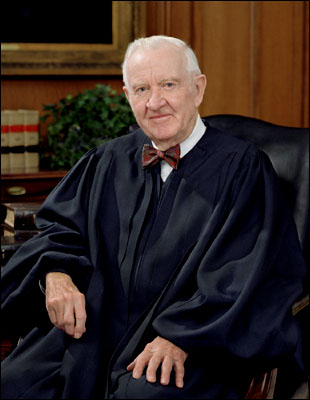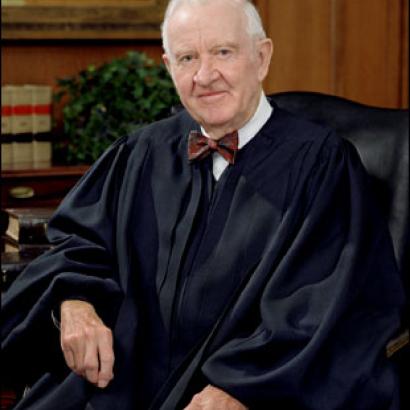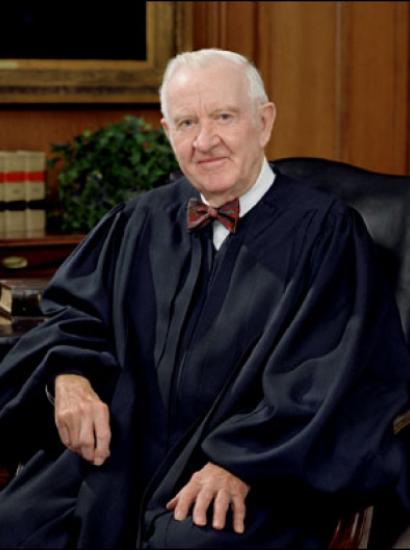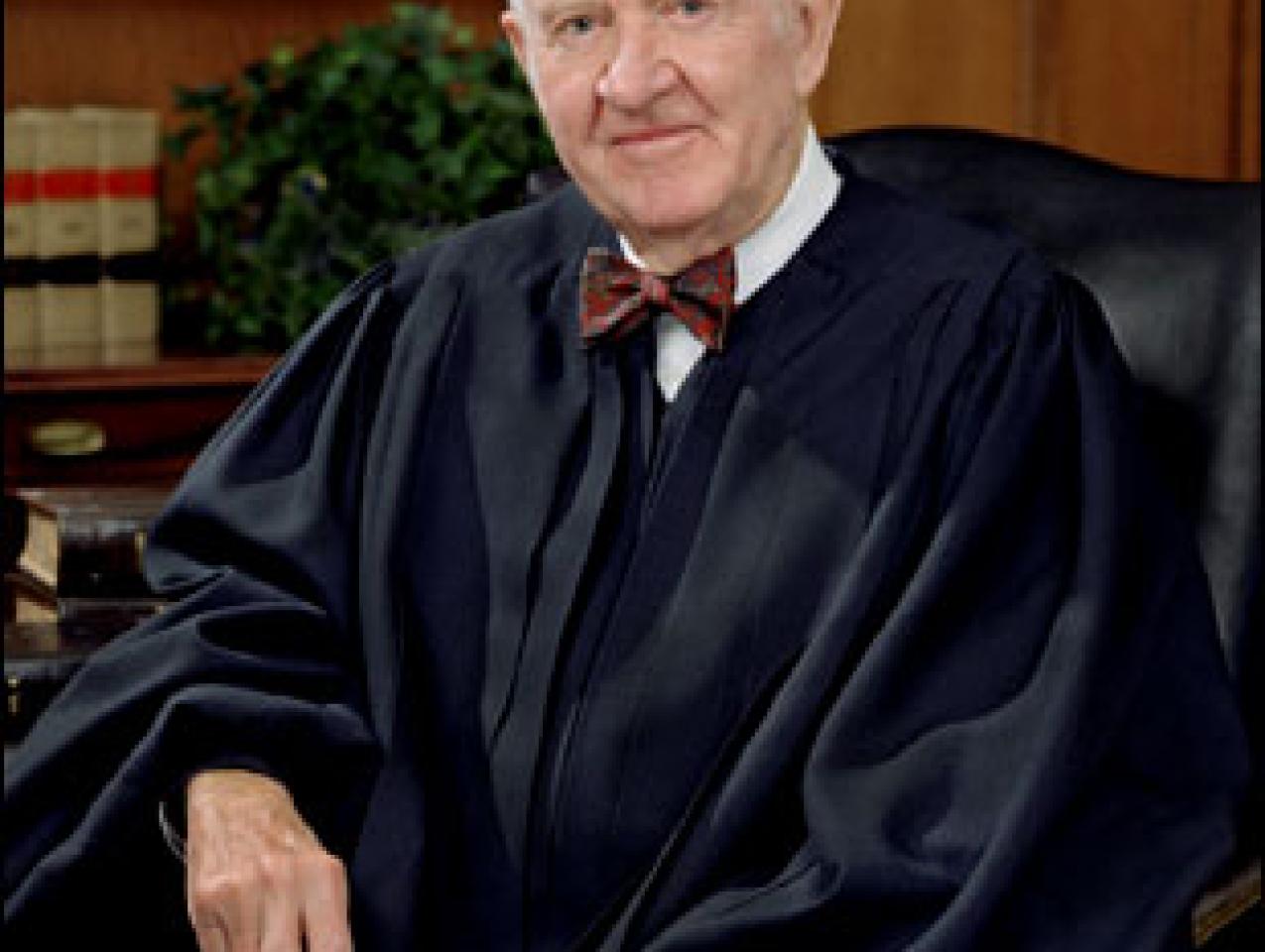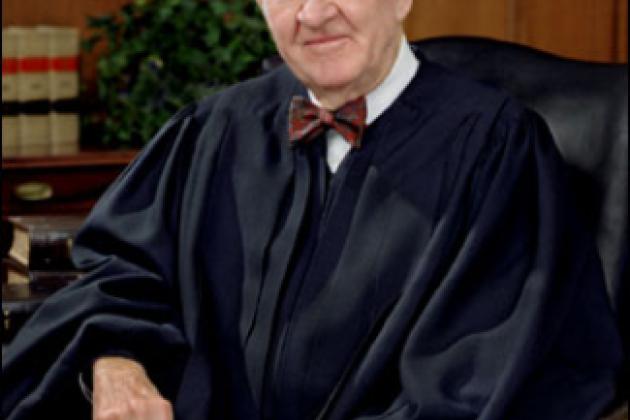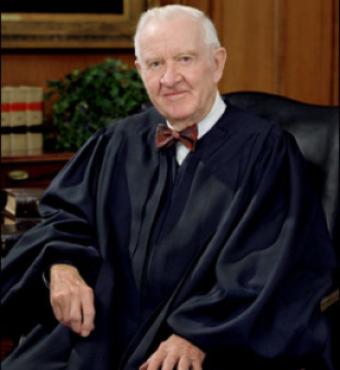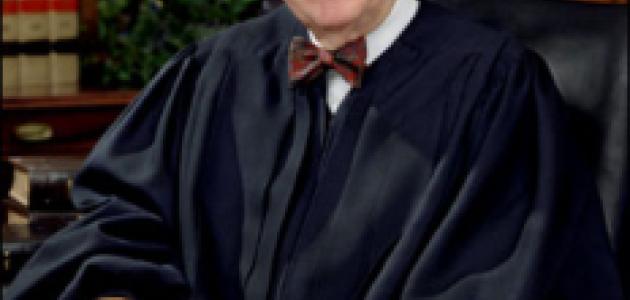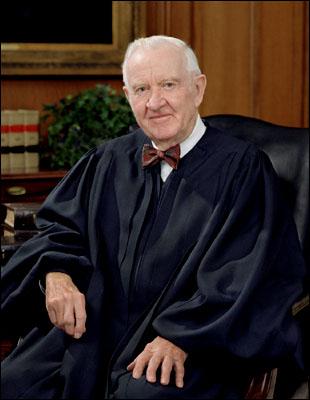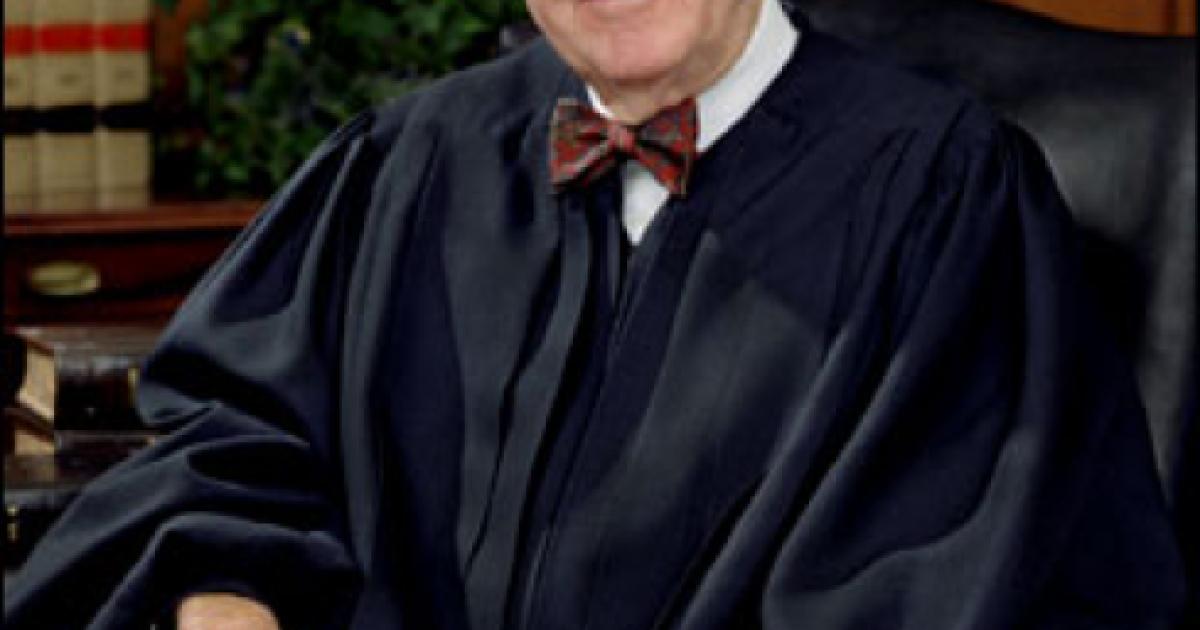- Politics, Institutions, and Public Opinion
This past week, former United States Supreme Court Justice John Paul Stevens boldly called for the repeal of the Second Amendment, which reads in its entirety: “A well regulated militia, being necessary for the security of a free state, the right of the people to keep and bear arms, shall not be infringed.”
Justice Stevens made two arguments. First, he claimed that the late Justice Antonin Scalia misread the Second Amendment when he held in D.C. v. Heller (2008) that it prevents the District of Columbia from prohibiting Dick Heller, a D.C. special policeman, from keeping or carrying a side-arm in his home for the purposes of self-defense. Justice Scalia said that the Second Amendment protects an individual right to keep and bear arms, unconnected with service in the militia. Second, spurred on by the mass killings at Parkland High School, Justice Stevens argued that the Second Amendment, as construed, was a “relic” that imposed outdated restrictions on the proper regulation of guns.
Stevens goes one for two. He is right that Scalia’s reading of the Second Amendment is incorrect, but wrong to think that Scalia’s interpretation of that amendment precludes any sensible reform in gun regulations. The constitutional and policy issues are often linked politically, but they are conceptually distinct and thus best considered separately.
Justice Scalia’s opinion in Heller has been praised for its sound originalist approach to constitutional law, which gives the text its ordinary meaning in the context of its own time. But Heller fails by that test, even if we accept that the Second Amendment protects an individual, as opposed to a collective, right. Scalia’s error becomes clear in light of the following question: Which individuals have this right against which political entities?
Recall that the militia is a state-based organization put into place as a counterweight to the power of the federal government to maintain a standing army. Although widely unappreciated, the Constitution in both Articles I and II divides the authority over state militias between the federal government and the states. In the first instance, the states control the militia, but they must train them in accordance with Congress’s standard “discipline” (i.e. training regimen) so that separate militias can work together if called into the active service of the United States. That, however, can happen only for three limited purposes: “to execute the Laws of the Union, suppress Insurrections and repel Invasions,” but not to engage in overseas adventures. The President, as Commander-in-Chief, may call up the militia for these purposes, but only when authorized by Congress. Nothing in this constitutional scheme has the slightest application to the District of Columbia.
Viewed against this background, the Second Amendment ensures that individual members of the state militia had (along with state governments) standing to prevent the federal government from undercutting this countervailing state power, by banning any individual in the “unorganized” militia from keeping or bearing arms. The Second Amendment is written in the passive voice, so that it does not specify against whom its command runs. But the Bill of Rights as a whole was understood at the time of its formation only to create rights against the federal government, and not against the states. On this view, it is wrong to treat the initial clause of the Second Amendment as though it only refers to one purpose among many, when its entire purpose is to stabilize the relationship between the states and the federal government.
More specifically, the phrase “security of a free state” has to mean one of the free states of the United States. Unfortunately, Justice Scalia takes the odd view that “state” in this context refers to “any polity,” which could include foreign nations like France that don’t have states, let alone state militias. Missing this key linkage leads Justice Scalia to treat the first half of the Second Amendment as if it has no operative effect. Yet in an earlier 1939 Supreme Court decision, United States v. Miller, which allowed Congress to ban the sale of sawed-off shotguns across state lines, the right to keep and bear arms was tightly tied to the operation of the militia, which had no use for such weapons.
Even if Heller is right, what follows? Is there any need to go through constitutional hoops to repeal the Second Amendment? Not really. Once Scalia excised the first half of the Second Amendment, he had to incorporate some principled police power exceptions into the text, for otherwise every hardened criminal could insist on carrying weapons on airplanes or in public places. The gist of Scalia’s opinion, doctrinally, is to raise the level of scrutiny given to gun regulations, and his modest conclusion was that keeping or carrying a gun in your own home poses no real threat to public safety. As defenders of Heller, like Robert Levy of the Cato Institute, have observed, much wiggle room is built into the Second Amendment by Scalia’s critical concession that Heller does not "cast doubt on longstanding prohibitions on the possession of firearms by felons and the mentally ill, or laws forbidding the carrying of firearms in sensitive places such as schools… or laws imposing conditions and qualifications [such as background checks] on the commercial sale of arms." Liberal commentators like Matthew Yglesias have reached the same conclusion.
So what is this fight about anyhow? Justice Stevens would like to impose regulations that raise the age of gun ownership from 18 to 21; he would like more “comprehensive” background checks before issuing permits; and he would like to outlaw bump stocks. But how many lives would these and similar measures save? It goes largely unnoticed that the rate of gun deaths in the United States since 1993 has fallen by about one half, even as the number of guns has increased. Between 2012 and 2016, on average 35,141 people died from gun violence each year. Homicides accounted for 12,726 deaths, or less than 40 percent of the total, while suicides accounted for 21,637, or over 60 percent of the total. During this period, the number of guns in the country rose by 50 percent. At the same time, the population rose from around 260 million to around 316 million in 2013, or about 17.6 percent. Suicide rates have declined only slightly over that same period. It is hard to imagine how any gun control law could tamp down on the number of gun suicides.
As to gun violence against other persons, rifles and shot guns contribute to only a small fraction of the killings—770 in 2016 compared to 7,105 by handguns and 3,077 by other kinds of guns. Knives were used in 1,604 killings as well. Death from mass killings have, as should be expected, fluctuated wildly over the past 30-plus years. In over half of those years, the total has been under 20 deaths per year. The highest years were 2013 at 70 and 2016 at 60. In the worst years, therefore, these horrific killings have amounted to only 0.6 percent of the total gun homicides. The popular salience of mass killings is intense. But no one offers any estimate of the lives saved if Stevens’ reforms were put into place. If the desire is to stop gun killings, it is far better to look elsewhere.
But where? Well over 90 percent of killers do not buy guns from dealers. They get them through the second-hand market or steal them. Indeed, the effects in these cases could easily be the opposite, for a preoccupation with gun sales could shift attention away from other steps that might—just might—reduce deaths further. One simple possibility is to enforce the current gun laws more strictly, and to increase penalties for gun theft. Another is to rethink the policies about civil commitment for people like Nikolas Cruz, who was documented to have bizarre behaviors though nothing was done in response. A third option is to allow or require experienced gun users—police and military officers—to carry side-arms off-duty when they are out in public.
These steps will have only a small effect on mass killings, which are high-visibility, low-probability events. Indeed, at present, we have no idea of how many people were foiled or deterred by the precautions now in place, so most likely any form of gun regulation would only lead to incremental improvement. Sadly, in a nation with over 325 million people, occasionally some deranged person will slip through the net no matter what legal safeguards are in place. We have made steady progress on gun and other forms of violence. Perhaps more can be done. But Justice Stevens spreads false hopes by claiming that any of his cherished reforms could make a real dent in the number of gun deaths.







